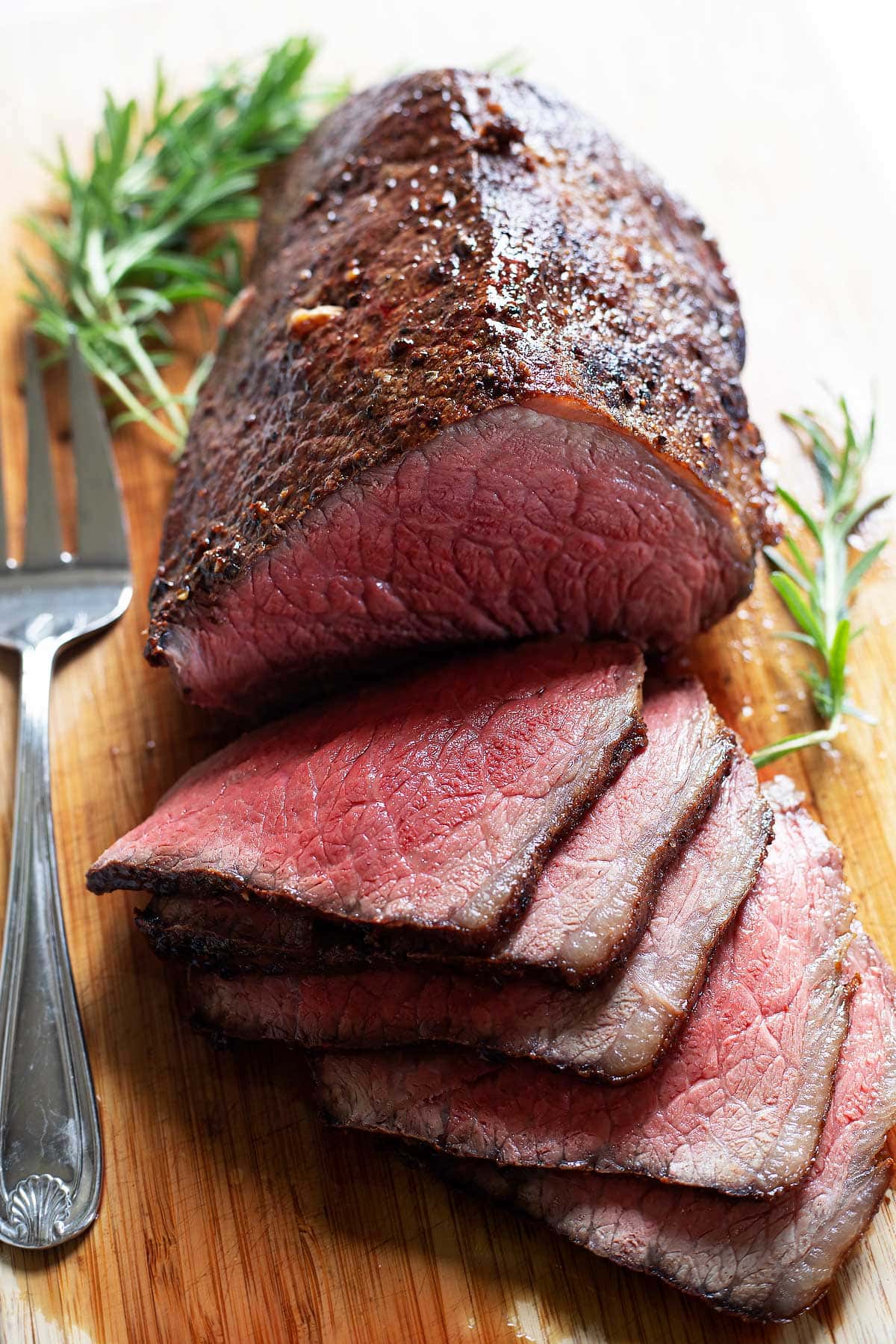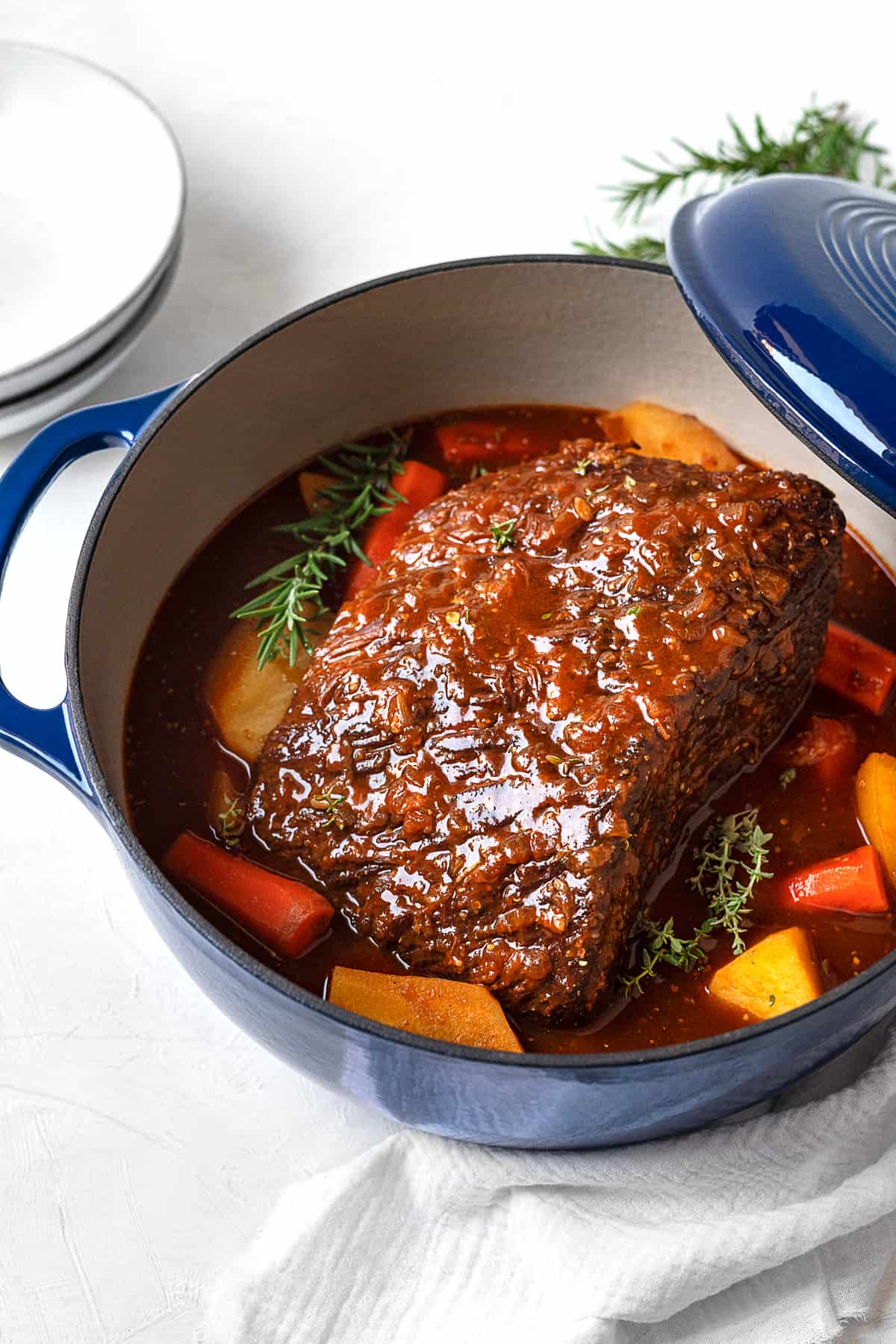AI-Generated Content
This article has been created using advanced AI technology to provide you with informative and engaging content.
AI-Curated Resources:
Getting dinner on the table can feel like a bit of a production, especially when you are aiming for something truly special, like a lovely roasted meal. There is a certain kind of satisfaction that comes from pulling a beautifully browned dish from the oven, its wonderful smells filling your home. So, if you have ever wondered how to get that just-right finish on your roasted foods, you are definitely in the right spot.
We are going to chat about what goes into making those wonderful roasted dishes everyone loves, from savory meats to tender vegetables. It is really about following a series of good steps, a sort of tried-and-true approach that brings out the best in your ingredients. You see, the art of roasting, in a way, involves a clear path from start to finish, a kind of reliable process.
This discussion will cover the key parts of getting your roast just right, whether it is a big piece of meat for a family gathering or some simple vegetables for a weeknight meal. We will look at things like getting your ingredients ready, the right heat for your oven, and what to do once the cooking is done. It is all about creating that ideal "roast line" for tasty results.
- Beyonce And Diddy Pictures
- Sarah Chapman And P Diddy
- Kardashians P Diddy
- P Diddy And Illuminati
- Jay Z Kissing Diddy
Table of Contents
- The Starting Point - Getting Your Ingredients Ready for the Roast Line
- What Temperature Works Best for Your Roast Line?
- Cooking Times and How to Tell If Your Roast Line is Done
- Do You Need to Rest Your Roast Line After Cooking?
- Flavoring Your Roast Line - What Makes it Special?
- Can You Really Roast Anything Along Your Roast Line?
- Why is a Hot Oven So Good for Your Vegetable Roast Line?
- Bringing It All Together - Your Successful Roast Line
The Starting Point - Getting Your Ingredients Ready for the Roast Line
Before any item hits the hot oven, a little preparation goes a long way, you know, to set up a good "roast line." Think about a big cut of meat, perhaps a beef roast. One important step involves letting it sit out for a bit, maybe an hour or so, until it reaches what we call room temperature. This helps it cook more evenly, rather than having a cold center that struggles to warm up.
Then, there is the matter of getting the surface dry. You can use paper towels to pat the roast dry on all its sides. This simple action helps the outside get a nice, crisp texture and a lovely color when it cooks. A moist surface tends to steam instead of brown, and that is not quite what we are aiming for with a proper "roast line."
For some dishes, like a pot roast, the preparation might also involve getting some vegetables ready. You might add in some butter, along with carrots, potatoes, and onions, to a pan on medium heat. These vegetables can then be seasoned with salt and pepper. This initial cooking step helps to build a base of flavor for the whole meal, a good starting point for the "roast line" of your dish.
- Roger Nores Liam Payne
- Wdbj7 Weather App
- Jason Derulo Liam Payne
- Orlando Interview On Diddy
- Funny Rapper Pictures
What Temperature Works Best for Your Roast Line?
The heat of your oven plays a very big part in how well your roasted food turns out. For many items, a fairly high heat is a good idea. For instance, getting your oven up to 400 degrees Fahrenheit is a common suggestion for a lot of roasting tasks. This hotter temperature helps create that desirable outer crust and can contribute to a juicy inside, really helping your "roast line" succeed.
When it comes to vegetables, a hot oven is practically a secret weapon. It helps them get wonderfully tender on the inside while developing a bit of char and sweetness on the outside. If the oven is not hot enough, vegetables can sometimes just get soft and watery, missing that appealing roasted quality. So, for a great vegetable "roast line," cranking up the heat is often the way to go.
Different foods, of course, might need slightly different temperatures, but the general idea is often to start with a good amount of heat. This initial warmth helps kickstart the cooking process effectively, setting the stage for the rest of your "roast line." It is about giving your food the right environment to cook through beautifully.
Cooking Times and How to Tell If Your Roast Line is Done
Knowing how long to cook something can sometimes feel a bit like guesswork, but there are some good ways to tell if your food is ready. For example, when you are roasting chicken, you might put the pan into the oven with the skin side facing up. It might cook for about 30 to 35 minutes. The real test, though, is not just the time, but the internal temperature.
A meat thermometer is a pretty useful tool for this. For chicken, you would want to insert it into the thickest part of a breast, and it should show a reading of 155 degrees Fahrenheit. This helps ensure the chicken is cooked safely and is still juicy. It is a good indicator along your cooking "roast line."
Ducks, on the other hand, might have a different cooking time. You might roast them for about 30 minutes. The exact timing can depend on the size of the duck and your oven, but these are general guides. For any meat, checking the internal temperature is a reliable way to make sure your "roast line" has reached its proper conclusion.
Do You Need to Rest Your Roast Line After Cooking?
Once your roasted meat comes out of the oven, it might seem natural to slice into it right away. However, allowing it to rest is a really important part of the whole "roast line" process. For something like a roasted duck, you would take it from the oven and let it sit, covered loosely with aluminum foil, for around 20 minutes.
This resting period allows the juices within the meat to settle back into the fibers. If you cut into it too soon, those juices, which carry a lot of the flavor and moisture, can just run out onto your cutting board. Resting helps keep the meat tender and juicy. You might even remove the roast to a baking sheet or a large bowl to catch any of those precious juices that do escape, as they are great for making a sauce or just pouring over the meat.
So, yes, a resting period is definitely a key part of getting the best out of your roast. It is a simple step, but one that makes a big difference in the final taste and texture, completing your "roast line" with care.
Flavoring Your Roast Line - What Makes it Special?
While the heat and timing are important, the flavors you add can really make a roasted dish stand out. For a turkey, for instance, using things like lemon, garlic, and thyme can give it a wonderful aroma and taste. These fresh ingredients bring a bright, herby quality to the bird, making it perfect for holidays or just a nice dinner.
Even simple vegetables benefit from good seasoning. When you are cooking carrots, potatoes, and onions, a bit of salt and pepper can make a world of difference. These basic seasonings help bring out the natural sweetness and earthiness of the vegetables, making them much more appealing. It is about enhancing what is already there, you know, giving your "roast line" a tasty personality.
For something like a pot roast, the flavors often come from the meat itself, plus any vegetables or liquids added during cooking. The goal is to create a rich, comforting taste that feels just right for a family meal. The choice of beef cut also plays a part here, as some cuts are better suited for slow, moist cooking that develops deep flavors, making the "roast line" truly satisfying.
Can You Really Roast Anything Along Your Roast Line?
It seems like you can roast a pretty wide variety of foods, from big cuts of meat to smaller vegetables. Pot roast, for instance, is often seen as the perfect meal for a Sunday supper, simple to follow and great for both everyday family meals and those special get-togethers. It shows how versatile roasting can be.
Then there are things like Brussels sprouts. You can roast them to bring out a different side of their flavor, making them a favorite even for those who might not usually go for them. It is a good way to prepare them, really. Or consider red peppers; if you need roasted red peppers for a recipe, you can easily make them at home with just an oven. It is pretty simple, actually.
So, whether it is poultry, beef, or various kinds of vegetables, the roasting method is a pretty adaptable way to cook. It is about applying the right heat and timing to different items to bring out their best qualities, allowing for a wide range of dishes to be part of your cooking "roast line."
Why is a Hot Oven So Good for Your Vegetable Roast Line?
When it comes to roasting vegetables, the oven temperature is a really big deal. A hot oven is the secret to getting those vegetables just right. It helps them to caramelize on the outside, which means they develop a lovely sweetness and a slightly crispy texture. This is why many recipes suggest a higher temperature, perhaps around 400 degrees Fahrenheit, for vegetables.
If the oven is not hot enough, vegetables tend to just steam in their own moisture, becoming soft but lacking that delicious roasted depth of flavor and appealing texture. They might not get that nice browning that makes them so appetizing. So, to get that truly perfect roasted vegetable, the key is definitely a hot oven, making your vegetable "roast line" a success.
This higher heat quickly cooks the outside of the vegetables, sealing in moisture while allowing the natural sugars to develop. It is a pretty straightforward principle, but it makes all the difference for things like Brussels sprouts or even just simple carrots and potatoes. It ensures your vegetable "roast line" delivers on taste and texture.
Bringing It All Together - Your Successful Roast Line
Putting together a wonderful roasted meal involves a series of connected actions, a kind of reliable "roast line" that guides you from start to finish. It begins with getting your ingredients ready, like letting meat come to room temperature and patting it dry. These initial steps set a good foundation for what is to come, you know, preparing the way for the cooking.
Then, there is the importance of oven temperature. A hot oven, often around 400 degrees Fahrenheit, is often the best choice for many roasted items, helping them achieve that lovely browned exterior and cooked-through interior. This heat is especially good for vegetables, allowing them to sweeten and crisp up nicely, which is pretty much essential for a good "roast line."
Finally, knowing when your food is done, perhaps by using a meat thermometer for chicken or simply by observing the tenderness of vegetables, is very important. And remember that crucial resting period for meats after they come out of the oven. This allows the juices to settle, giving you a more tender and flavorful result. So, by paying attention to these steps, you can consistently achieve a delicious "roast line" for your meals.
AI-Enhanced Visual Content


:max_bytes(150000):strip_icc()/GettyImages-904238674-5b553959c9e77c0037c53260.jpg)